The People Factor: A Guide to ISO 9001:2015 Clauses 7.2, 7.3, & 7.4
Introduction
The success of a Quality Management System (QMS) depends on people. This guide summarizes the importance of ISO 9001:2015 and the key obligations associated with Clauses 7.2 (Competence), 7.3 (Awareness), and 7.4 (Communication). These obligations are not just a check box for an audit. They demonstrate a strategic investment in your human capital. When you foster a culture of competence, awareness, and communication, you fundamentally empower your employees to understand their purpose and to see the impact of their work. Investing in people is a cornerstone of achieving quality objectives, minimizing human error, and establishing a culture of continuous improvement.
Obtaining a certification for a Quality Management System (QMS) doesn’t have to be difficult. For organizations that are committed to comply with the obligations in these important clauses and who want to ensure that as little time and complication as necessary during the transition to certification, a professional partner will be well worth the cost. Maxicert is a trusted Advisory ISO Certification provider that can guide you on your way to ensure that you will master key components, establish a sturdy system, and secure your long-term business success.
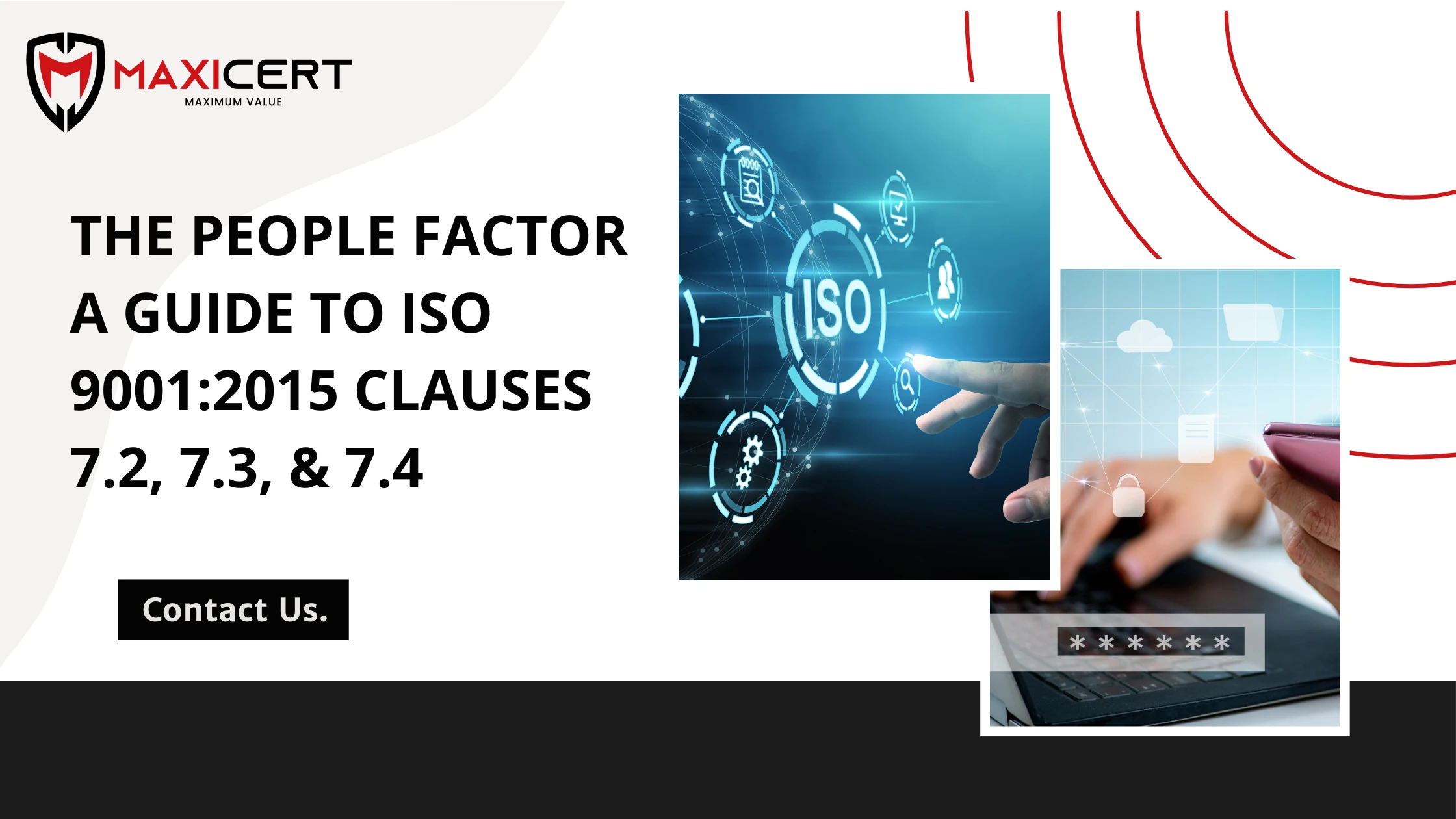
7.2 Competence
The organization shall:
- Determine the necessary competence of person’s doing work under its control that affects the performance and effectiveness of the quality management system,
- Ensure that these persons are competent on the basis of education, training, or experience;
- Where applicable, take actions to acquire the necessary competence, and evaluate the effectiveness of the actions taken;
- Retain applicable documented information as evidence of competence.
NOTE: Applicable actions can include, for example, the provision of training to, the mentoring of or the reassignment of currently employed persons, or the hiring or contracting of competent persons.
Checking Competence and Training
The organisation should regularly assess the experience, qualifications, capabilities and abilities of individuals relative to the skills and qualifications needed by the organization for current and foreseeable activities.
By comparing the current competence of personnel against what is required, the organisation is performing a competence gap analysis. The gaps need to be filled through training, or by acquiring extra competence through permanent staff recruitment or fixed-term employment contracts.
If the organisation chooses to train its own people, they probably will need both training and experience before they can be considered competent.
Work allocation and assignment of personnel, management review, corrective action, risk assessment, and internal quality audit are all likely to identify areas which could indicate a lack of training.
Considerations of skills and aptitudes required under operation (8) could also indicate additional training needs.
ISO 9001:2015 Clause Guide Panel
- Clause 1
- Clause 2
- Clause 3
- Clause 4 – Sub-clause 1
- Clause 4 – Sub-clause 2
- Clause 5 – Sub-clause 1
- Clause 5 – Sub-clause 2
- Clause 5 – Sub-clause 3
- Clause 6 – Sub-clause 1
- Clause 6 – Sub-clause 2
- Clause 7 – Sub-clause 1
- Clause 7 – Sub-clause 2
- Clause 7 – Sub-clause 3
- Clause 7 – Sub-clause 4
- Clause 8 – Sub-clause 1
- Clause 8 – Sub-clause 2
- Clause 8 – Sub-clause 3
- Clause 8 – Sub-clause 4
- Clause 8 – Sub-clause 5
- Clause 8 – Sub-clause 6
- Clause 8 – Sub-clause 7
- Clause 8 – Sub-clause 8
- Clause 8 – Sub-clause 9
- Clause 8 – Sub-clause 10
- Clause 8 – Sub-clause 11
- Clause 8 – Sub-clause 12
- Clause 9 – Sub-clause 1
- Clause 9 – Sub-clause 2
- Clause 9 – Sub-clause 3
- Clause 9 – Sub-clause 4
- Clause 10
Training Process
It could be useful to plan for training, which then may be carried out in stages. This could consist of:
- a training period, followed by
- a period of familiarization, followed by
- further training and familiarization.
Training in quality techniques, particularly internal auditing is highly desirable if full advantage is to be taken of the potential that quality management can provide to the organization.
Training may be at the actual workplace, in-house or at some external location. Depending on the topics, undertaking relevant personal development or attending a seminar can also provide worthwhile training.
Alternative Actions to Training
Item (c) of 7.2 states that the organisation may also take other actions so, as an alternative to training, they could:
- employ someone with the necessary competence, or
- outsource/subcontract the activity.
The organisation also needs to evaluate the effectiveness of the actions taken because it is not sufficient to give/receive training and keep a record of it (such as an attendance list).
For example, you may ask persons who have received the training whether they consider themselves to have achieved the competence necessary to do the work. This can be evaluated by different means, including:
- direct observation of his/her performance, or
- assessing the results of tasks and projects.
Specific Competence Requirements
Certain tasks can require a specific level of competence before they can be performed properly or safely (e.g., internal quality auditing, welding, or non-destructive testing). It might be necessary for people to be qualified for some tasks (e.g., forklift or truck driving, or surveying).
The organisation needs to maintain records that provide evidence of an employee’s competence.
The organisation also need to:
- keep records of the training an employee has received, and
- record any results of that training.
The records that show the successful completion of a training program and that competence has been demonstrated can be as simple or as complex as necessary.
Keep in mind that if personnel are known to be sufficiently competent, the amount of detail in your documentation could be reduced. However, this competence should be demonstrated and recorded.
Demonstrating Competence with Records
- Where employees have a formal certified education, e.g., vocational training as mechanic or a university degree, such certification can be a record to demonstrate that the employees have a part of or all of competence required regarding any work included in their education.
- It is also important to remember that there are some occupations and tasks that require licences or other regulatory evidence of qualification or mandatory training.
- Where there is no formal education, at their simplest, the records may consist of sign-off forms to confirm that personnel can now use certain equipment, carry out specific processes, or follow certain procedures.
The effectiveness of any further education and training should be re-evaluated, after a period, to confirm that the competence achieved is maintained.
Remember that some work requires specific qualifications (e.g., crane operator).
Training should be carried out by personnel with appropriate skills, qualifications, and experience.
You should maintain records to show the qualifications of personnel used for training purposes. Courses in some subjects may need to be accredited by a regulatory body before the training is recognized as being sufficient.
7.3 Awareness
The organization shall ensure that persons doing work under the organization’s control are aware of:
- the quality policy,
- relevant quality objectives,
- their contribution to the effectiveness of the quality management system, including the benefits of improved performance,
- the implications of not conforming with the quality management system requirements.
Creating Awareness in the Organization
In a small organization, usually it is easy to make employees aware of the role they have in the organization and how their activity has an influence on product quality. It could be made in individual informal communications, group meetings or internal audits.
Even for a small organization, it could be appropriate to have awareness training for new hires (including temporary and part-time employees as well as full-time employees).
This could cover:
- the nature of the organization,
- the health, safety and environmental regulations,
- the quality policy, quality objectives and other internal policies,
- the role of the new employee, and
- the procedures and instructions of relevance to them.
This needs to be reviewed and revised for larger organization implementation because methods could be different.
Awareness of the policy should not be taken to mean that it needs to be memorized, rather, persons should be aware of the key policy commitments, and their role in achieving them.
7.4 Communication
The organization shall determine the internal and external communications relevant to the quality management system, including:
- on what it will communicate;
- when to communicate,
- with whom to communicate,
- how to communicate,
- who communicates.
Keeping the Organization Informed
An effective internal communication process contributes to the success of any organization’s quality management system. Conversely, many problems that occur with an organization’s quality management system can often be traced back to poor communication.
For your quality management system to work effectively, good communication is essential.
Your top management needs to establish the processes which encourage your people to communicate at all levels of the organization.
You should:
- keep all information clear and understandable and adapted to the person it is intended for.
- ensure the effectiveness of the quality management system is determined at the management review (see 9.3) and appropriately communicated.
Some examples of communication methods include:
- posting information on bulletin boards,
- holding meetings, or
- circulation of information via electronic media (e.g., e-mail).
Conclusion
In the end, any quality management system works because of the people involved. ISO 9001:2015 Clauses 7.2, 7.3, and 7.4 work together to ensure this essential piece is solid. By addressing competence, promoting awareness, and ensuring effective communication through the organization, you are empowering your employees. Attention to the human side of the equation is a strategic investment in the maturity of the entire QMS, to continuously improve and ensure long-term success.
When you are ready to become an expert, understand these requirements, and get through ISO certification smoothly, partner with Maxicert.
Free 60–90 day implementation plan available after consultation.
FAQ
What does ISO 9001:2015 require to demonstrate employee competence?
ISO 9001 requires organizations to prove their people are competent through education, training, or experience. You must also keep documented information, such as training records, as evidence.
What do employees need to be aware of for ISO 9001?
Employees must be aware of the quality policy, relevant quality objectives, their own contribution to the QMS, and the implications of not following requirements.
How should an organization handle QMS communication?
An organization must define what, when, with whom, how, and who will communicate about the QMS, both internally and externally.
How do competence, awareness, and communication work together?
Competence gives people the skills, awareness gives them the purpose, and communication ensures a smooth flow of information. Together, they create a strong and effective QMS.
Client Testimonials
What Our Clients Say About Us?
We are trusted by thousands of clients belonging from technology, manufacturing, healthcare and various sectors
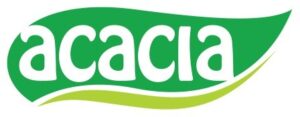

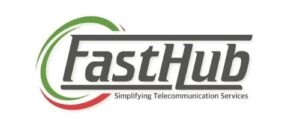

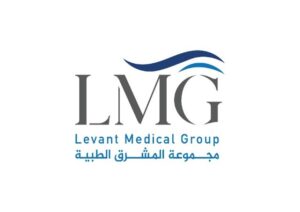


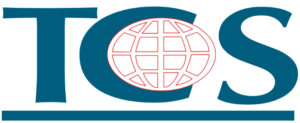
Our overall experience with Maxicert was satisfied. The audit and consulting part was handled carefully, we fulfilled our client requirement of ISO 27001 hassle free.
Kevin Santiago BDM – Clarks Outsourcing, PhilippinesTimely response and knowledge of ISO standards can be seen together in the team of Maxicert, we grow because of the service providers like Maxicert.
Samuel Christopher Quality Assurance Head – OEQA, NigeriaWe did Food safety certification with Maxicert, the service was extraordinary and their consultant had good experience of the subject.
Mr. Venkatesh Production Manager - Acacia Foods and Beverages, ZambiaWe engaged a consultant of Maxicert for our business certification, we now have a well-designed and organized department procedures and we rectify our errors through internal audits regularly.
Abdullah Al Rayes Managing Director – TCS, BahrainTechnical expertise by the team of Maxicert helped us achieving our ISO 13485 certificates, we now proudly say that we have achieved our target, all thanks to the team.
Nady Boustany CEO – LMG, IraqMaxiCert's approach to meet our needs proved instrumental in facilitating a seamless transition throughout the entire ISO certification process for us. Their training sessions are so much helpful.
Ms. Latifa Al Salem Investor portfolio – Ministry of Investment, Saudi ArabiaMaxicert is a one stop solution, we got trainings, documents, audit and certification at one place, they facilitated everything.
Ms. Mariam Chaggama VP – Fasthub, Tanzania





Their presence in Oman made us even better to accomplish our goal of achieving ISO certificates on time, we will definitely recommend their services.
Mr. Sailesh Mohanakrishnan Division Manager – Khimji Ramdas, Oman